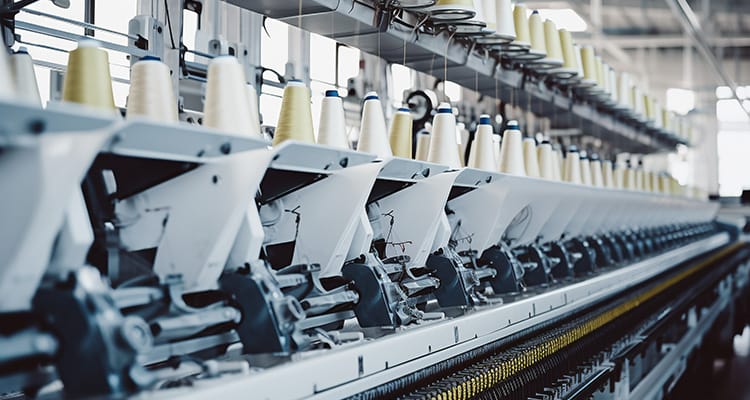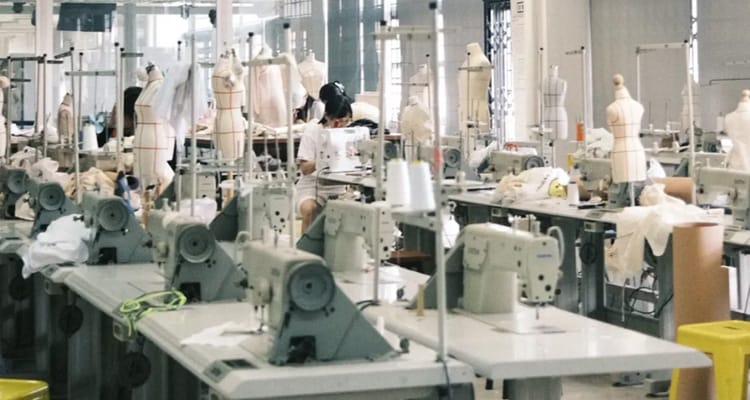1. Material iteration: the material imprint of civilization evolution
The bone needles and animal tendons of the Paleolithic era were the starting point of human weaving civilization. On the Northern Wei embroidery fragments of Cave 254 in the Mogao Grottoes of Dunhuang, honeysuckle patterns outlined by double strands of silk thread confirm the traces of the eastward spread of ancient Egyptian flax spinning technology in 3000 BC.
The Industrial Revolution rewrote the genes of the line. Manchester Textile Factory has increased the output of cotton thread by a hundred times, and the birth of modern 402 polyester sewing thread has made synthetic fiber realize the “combination of hardness and softness” – under the electron microscope, it can be seen that its polyester filament is wrapped like steel cable, and the outer cotton fiber forms a buffer layer, which is a structure that implies the engineering wisdom of “stone core wood frame” in ancient Rome.

2. Symbolic metaphor: a cultural code that penetrates through time and space
Needle and thread always carry sacred meanings in civilization. The ancient Egyptians regarded it as a tool for exorcism and protection. In Hinduism, Vishnu held a needle and thread to symbolize the unity of creation, while in China, the needle and thread ceremony of the “Qiqiao Festival” had already linked needlework with the inheritance of life. In the embroidery patterns of Qingyang sachets, peonies symbolize wealth and prosperity, and pomegranates symbolize many children. The ancient training of learning needlework at the age of 8 has already integrated the skills into cultural genes.
3. Skill Inheritance: Civilization Genes Flowing at Fingertips
Sewing thread has always been innovating while adhering to traditional techniques. There is survival wisdom hidden in tool improvement. The sewing needle renovated by Ma Yongbi at Yunnan Tobacco Station not only solves the problems of “time-consuming threading” and “risk of needle dropping”, but also conforms to the philosophy of “constant production cannot wait for changes”. As recorded in “Tian Gong Kai Wu”, the nine strand hemp rope technique and the modern sewing thread density standard of 12 stitches per inch are essentially the eternal pursuit of “durability” by humans.

4. Symphony of the Times: A Dance of Tradition and Modernity
Industrial civilization has elevated tradition – just like polyester sewing thread did not replace silk, but opened up new battlefields in scenes such as curtain stitching and baby products. Milan designers repaired velvet sofas with 402 threads in 237 different color sizes, just like Ming Dynasty tailors reinforced the lining with horsetail hair, interpreting the eternal principle of “material adaptation”.
The new applications of modern sewing thread in fields such as medicine and aerospace prove that this thin thread has always been weaving a new chapter in civilization. Just like the lemon yellow thread commonly found on sewing machines, it not only continues the experience of Shanghai’s experienced “easy disassembly and modification”, but also meets the diverse needs of modern sewing.


